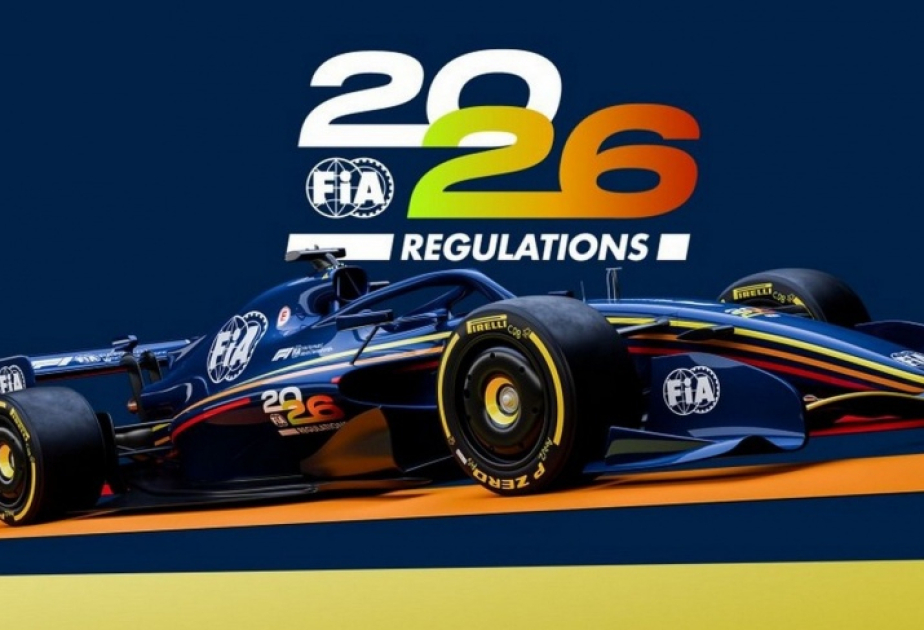Formula 1’s governing body the FIA has unveiled the “agile, competitive, safer and more sustainable” set of regulations that will define the sport from 2026 and beyond, according to the official FIA website.
From 2026 onwards Formula 1 will have:
More agile cars, which are 30kg lighter and thus better able to battle on track
A redesigned power unit featuring increased battery power and an even split between internal combustion engine and electric power plus the use of 100% sustainable fuels
Active aerodynamics in the form of moveable front and rear wings to allow for closer racing
Increased overtaking opportunities through the introduction of a new system that gives drivers a short burst of additional battery power when within one second of the car in front
Improved safety through stronger structures and even tougher tests
Commitment from a record number of six power unit manufacturers
The revised technical regulations have been set out by the FIA, paving the way for them to be revealed in Montreal ahead of this weekend’s Canadian Grand Prix.
The 2026 regulations are now set to be ratified by the World Motor Sport Council on June 28.
FIA Single Seater Technical Director Nikolas Tombazis said: “With this set of regulations the FIA has sought to develop a new generation of cars that are fully in touch with the DNA of Formula 1 – cars that are light, supremely fast and agile but which also remains at the cutting edge of technology, and to achieve this we worked towards what we called a ‘nimble car’ concept.
“At the centre of that vision is a redesigned power unit that features a more even split between the power derived from the internal combustion element and electrical power. On the chassis side we have managed to reduce the size and weight of the car by 30kg resulting in a much more dynamic car. In addition we are introducing two exciting new features to enhance racing – active aerodynamics to achieve very low drag on the straights and the Manual Override system that will provide drivers with an on-demand burst of battery power when close enough to the car ahead of them.
“Lighter, more powerful and more focused on driver skill, the 2026 FIA Formula One Technical Regulations have been designed to provide closer racing among drivers, increase the competition between teams and to improve the spectacle. In addition, we have opted for a higher electrical component of the power unit, a more efficient car overall, and fully sustainable fuels, as part of our drive towards a more sustainable future for our sport.”
FIA President Mohammed Ben Sulayem said: “Today, the FIA is defining a hugely exciting future for the pinnacle of motorsport with the launch of a comprehensive new set of regulations for the 2026 FIA Formula One Championship and beyond.
“Following the publication of 2026 power unit regulations two years ago we have we have taken opportunity to redefine the chassis regulations to match the energy requirement of the new power units. Collaborating with our partners at Formula 1 and with the assistance of the sport’s 10 teams and all our stakeholders this represents a unique revision that will ensure our premier championship is even more relevant to what is happening in the world.
“The power unit regulations have already resulted in a record number of PU manufacturers committing to the sport. And now, in tandem with chassis regulations that provide for lighter, more agile cars featuring innovative aerodynamic solutions, we have created a set of regulation designed to not only improve racing but also to make the championship even more attractive to PU manufacturers, OEMs and existing competitors.
“The key features of the 2026 F1 Regulations are advanced, sustainability technology and safety. Our aim, together with Formula 1, was to produce a car that was right for the future of the sport’s elite category. We believe we have achieved that goal.”


















